- Developing a structured and repeatable hiring process can help ensure that businesses hire the right employees the first time.
- Each generation has its own unique set of characteristics and preferences, and businesses must be aware of these differences when working to attract new sales talent.
- Today’s employees are motivated by more than just money, so compensation models are becoming more sophisticated.
By Eve Padula
Introduction
Building a successful sales organization that is capable of delivering consistent growth starts with hiring a great sales team. Unfortunately, this is sometimes easier said than done. According to a Sales Talent article entitled 7 Things You Should Know About Hiring (and Keeping) Top Sales Performers, hiring managers choose the right candidate less than 50% of the time! To help beat these odds, you must clearly define what you are looking for during the hiring process and develop a reliable strategy for identifying prospective employees’ aptitudes and skills.
It’s All About Culture!
It has never been more important for firms to hire employees that are a good fit with their overall culture. Employees who work for organizations whose goals align with their own are happier, more productive, and more loyal. In fact, the most satisfied employees are 12% more productive than those who are unsatisfied with their work[1]. By developing a structured and repeatable hiring process, businesses can protect themselves against costly hiring mistakes. Here are some best practices for attracting top talent:
- Clearly identify your needs for the role and the requirements of the position.
- Write a compelling job description and ad to help attract top talent.
- Choose your interview team, obtain commitment for the process, and clearly define any requirements for feedback.
- Leverage your human resources team to pre-screen all resumes, then perform an initial phone interview with all prospects.
- Conduct multiple in-person interviews. Be sure that the candidate meets with multiple people at different times so you can obtain a better understanding of what he/she is like at various points in the day.
- To assess communication skills, build in ways to hear the prospect’s voicemail messages, see follow-up e-mails, and view presentations.
- Ask open-ended interview questions to uncover each person’s thought processes and capabilities.
- Always ask candidates if they have any questions of their own at the end of an interview. Quality prospects will usually be prepared to take notes and will come in with a list of questions.
Developing a More Sophisticated Compensation Strategy
By focusing on your culture and building an employer brand in the marketplace, you can position your company to attract great people now and in the future. This is particularly important as the demographics of the workforce continue to change. Many Baby Boomers have already entered retirement or are planning to leave the workforce soon, even as Gen Xers and Millennials continue to reshape the business environment. Meanwhile, the oldest members of Generation Z are now starting their own career paths. Each generation has its own unique set of characteristics and preferences, and businesses must be aware of these differences when working to attract new talent. Corporate culture is important to everyone, but the things that will matter to Baby Boomers are often quite different from the things that will matter to the Gen Zers who are just starting out. For this reason, today’s businesses must remain nimble during the hiring process.
Savvy sales organizations understand that today’s employees are motivated by more than just money. As a result, employment compensation models are becoming more sophisticated. Many younger employees have come to expect creative compensation packages that are linked to their personal needs and deliver more than just a paycheck.
Table 1. What Matters to Today’s Employees?
|
Meaningful work |
Demonstrations of appreciation |
|
Opportunities for personal development |
Transparent leadership |
|
Like-minded colleagues—great people will attract other great people! |
Opportunities for continuous learning |
|
A work/life balance |
A clear career path |
|
Open communication |
“Hybrid” workspaces that promote collaboration while also offering some privacy |
|
Mentoring and feedback |
Opportunities to think independently |
|
Flexibility |
Fun! |
Millennials, who were born between 1981 and 1995, are expected to represent 75% of the workforce by 2030. This highly educated, multi-tasking generation is motivated by meaningful work and opportunities for personal development. They are used to working as part of a team to ensure the success of an overall project. Millennials have a “work to live” philosophy, so a healthy work/life balance is very important to them. As a result, they typically appreciate lifestyle perks like flexible hours, the ability to work from home, a fitness allowance, a casual dress code, stocked break rooms, game breaks, half-day Fridays, or even “taco Tuesdays.”
Members of Generation Z were born after 1995, so the oldest individuals within this age demographic are beginning to enter the professional workforce. Having grown up during the “Great Recession,” these digital natives are financially cautious and willing to work hard for financial stability. This desire for stability can result in longer tenure, but Gen Z employees expect to be rewarded with advancement opportunities. Whereas Millennials prefer opportunities for teamwork and collaboration, Gen Zers are used to figuring things out on their own and often excel at thinking outside the box. They therefore welcome “hybrid” office spaces that foster privacy while also enabling opportunities for collaboration. Like Millennials, they enjoy lifestyle perks and are motivated by more than just money.
The Bottom Line
By developing a structured and repeatable hiring and retention process, businesses can increase their chances of hiring the right candidates, keeping them engaged with the company, and developing a sales team that effectively communicates the value of their offerings to customers and prospects. As we move into 2019 and beyond, more Baby Boomers will be approaching retirement and more individuals from Generation Z will be coming of age and entering the workforce. Employers must understand how the demographics of the workforce are changing and develop sophisticated compensation packages that appeal to candidates across a range of generations.
Eve Padula is a Senior Editor/Writer for Keypoint Intelligence – InfoTrends’ Production Services with a focus on Business Development Strategies, Customer Communications, and Wide Format. She is responsible for creating and distributing many types of InfoTrends content, including forecasts, industry analysis, and research/multi-client studies. She also manages the editing cycle for many types of deliverables.
[1]Source: Adobe State of Create, 2016

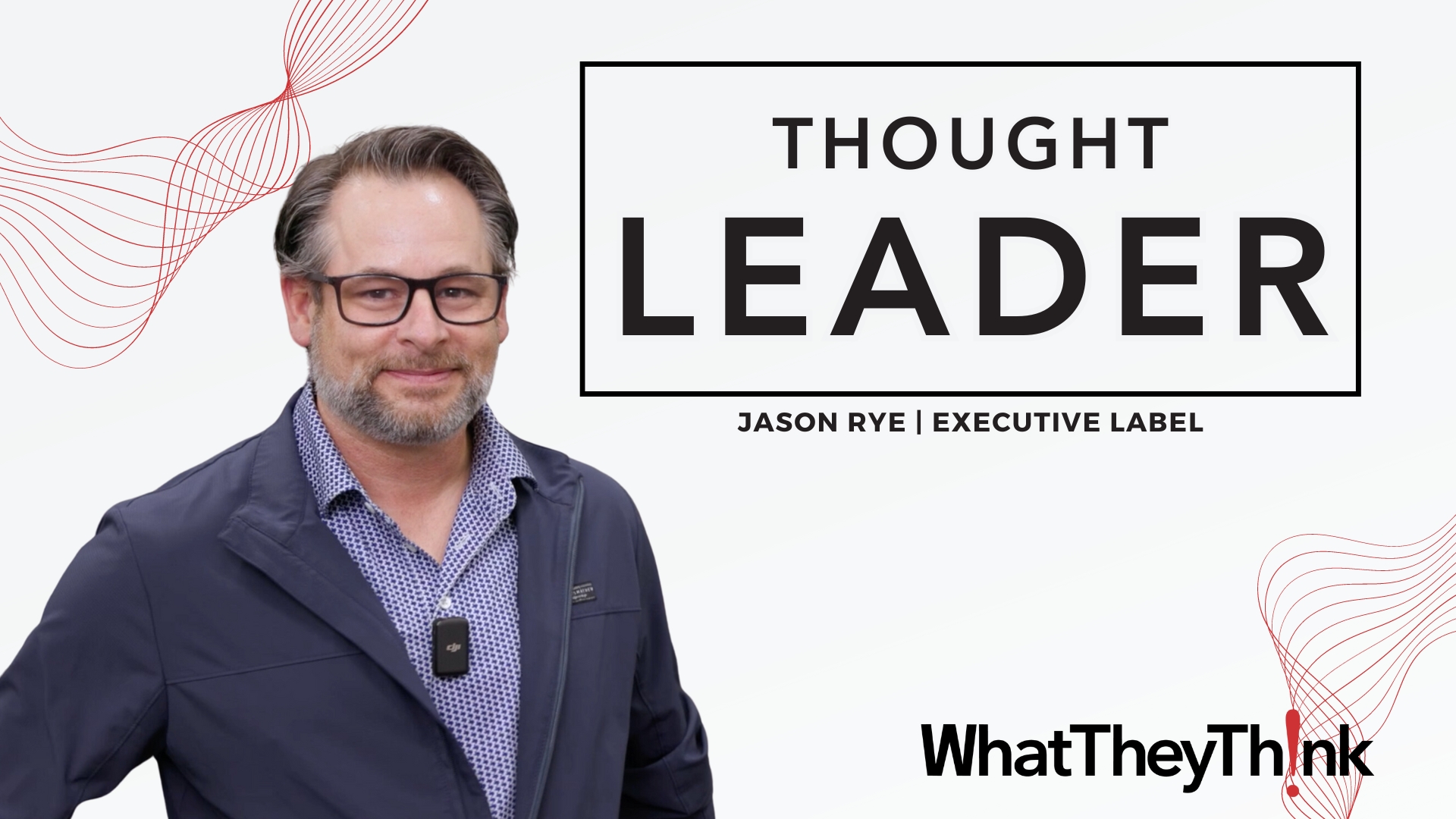
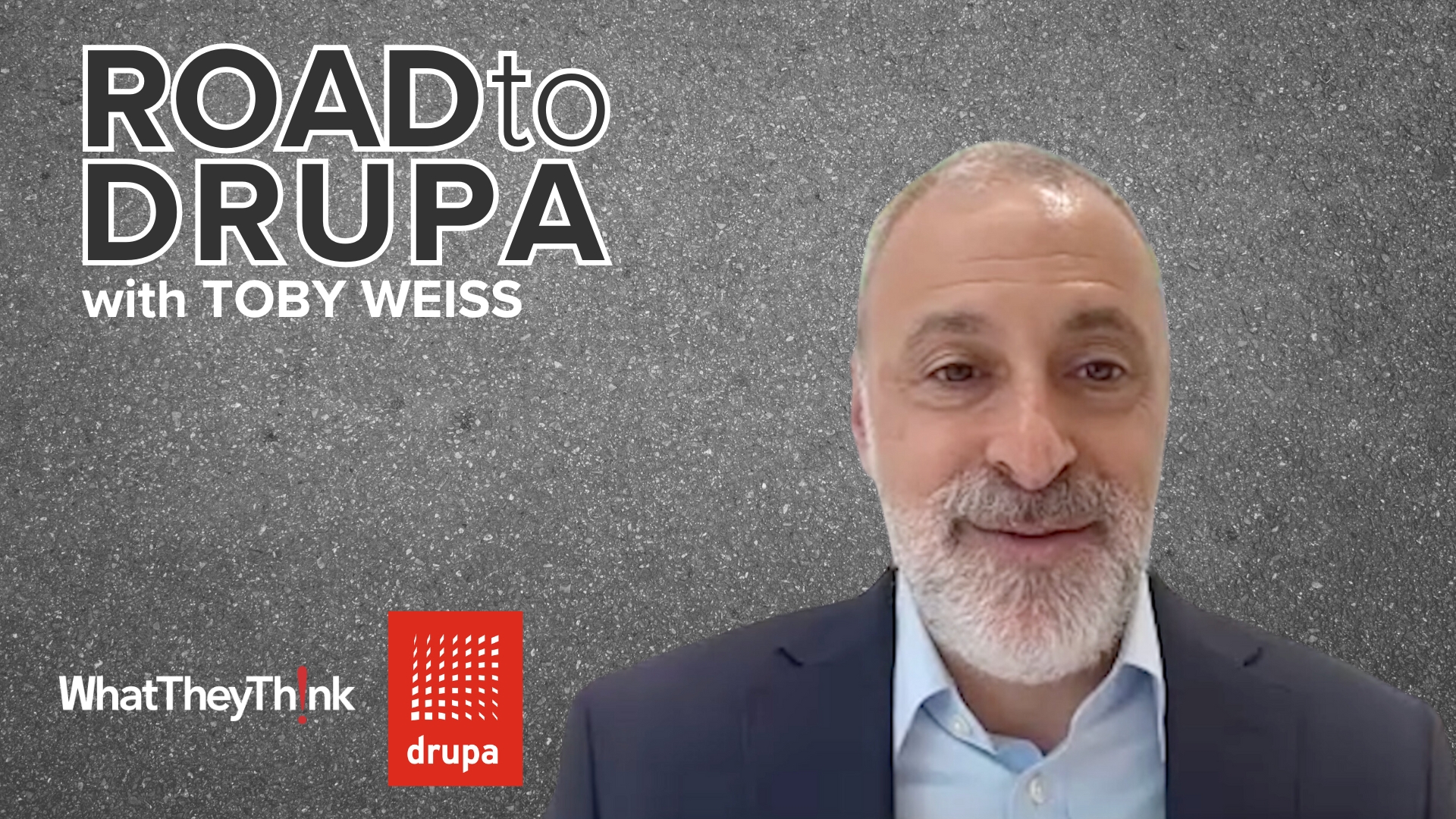
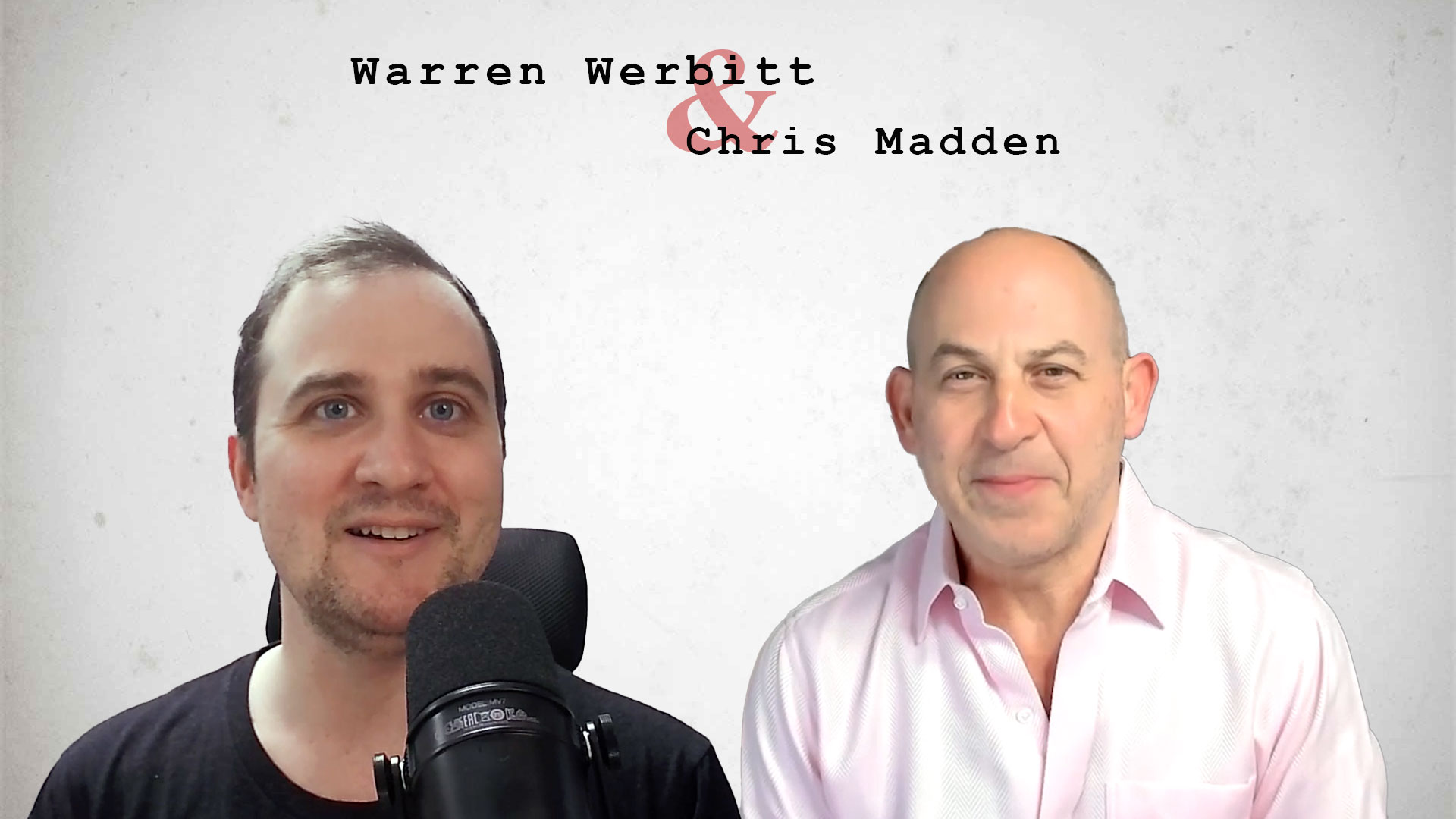

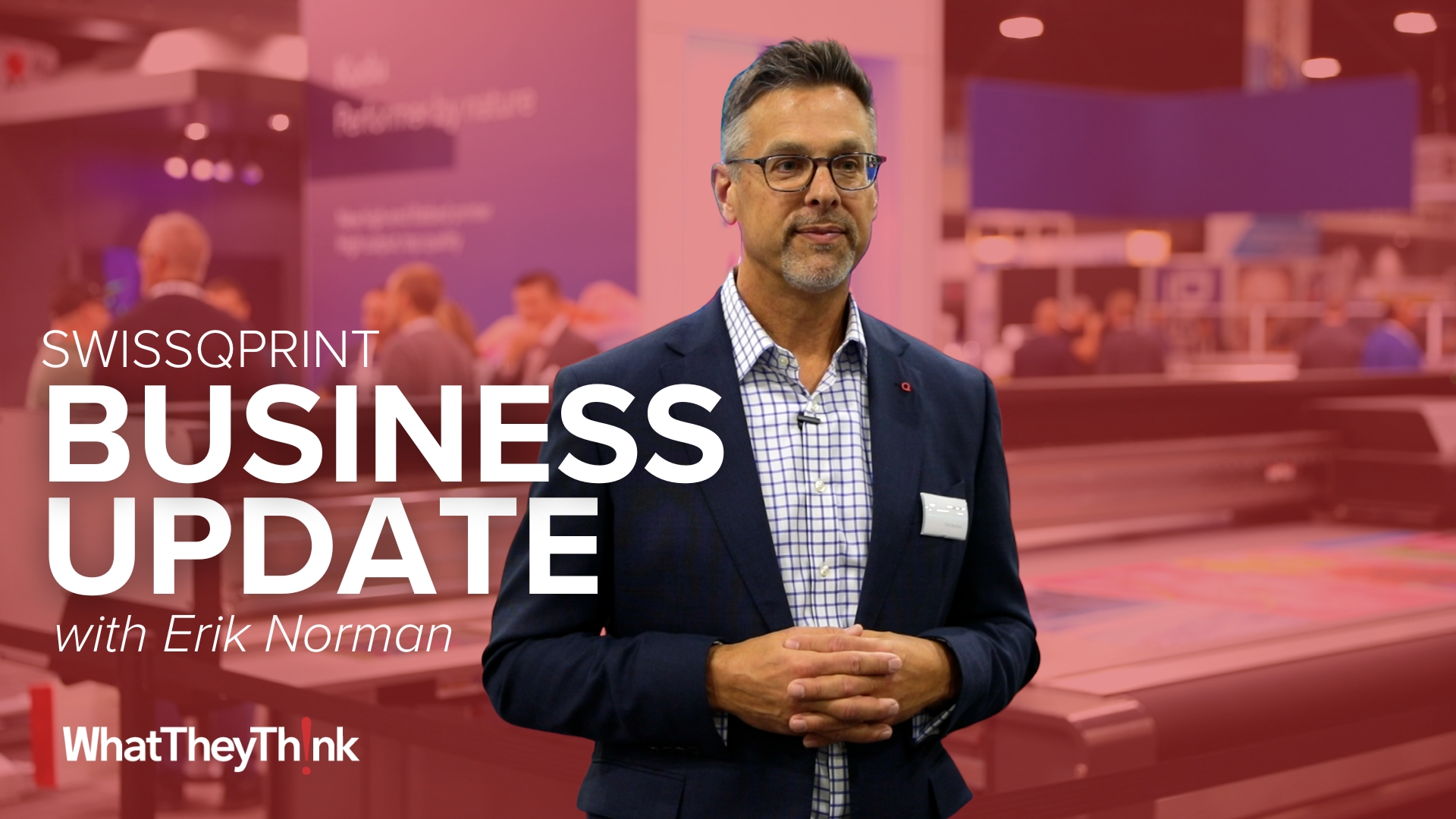
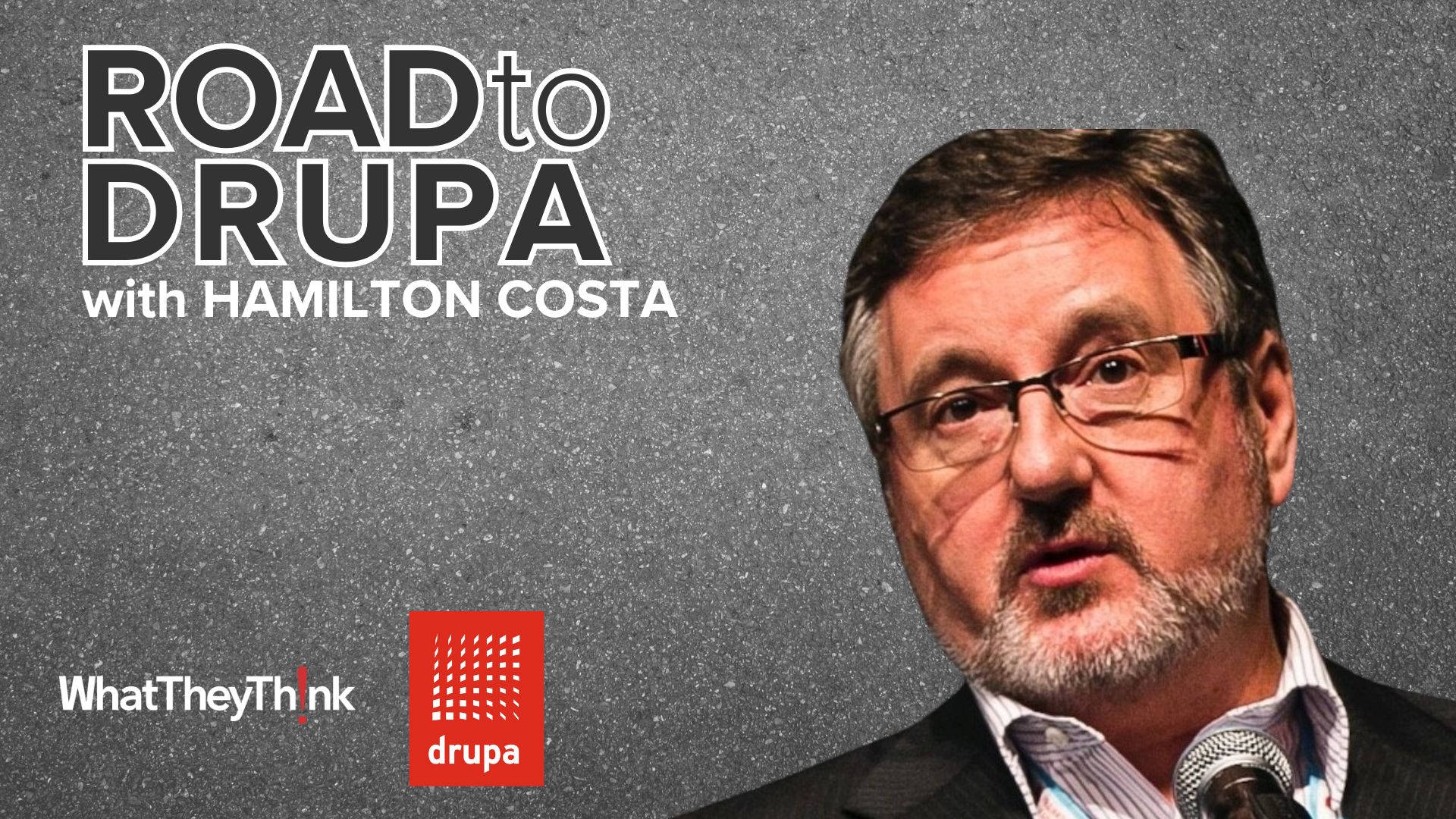



Discussion
By Bill Fotsch on Oct 17, 2019
If the goal is to drive increased revenue, hiring good sales talent is helpful. Having a customer centric organization is substantially more important. Let me explain.
A sales person promises the world and gets several new customers. Operations does not deliver on the sale person's promises, and the customers are gone.
Alternatively, operations delights customers who provide lots of repeat and referral business. Sales job is easy. Who is driving sales?
This Forbes article provides more background: https://www.forbes.com/sites/fotschcase/2016/07/12/the-simplest-and-cheapest-way-to-leave-competitors-in-the-dust/
By Robert Lindgren on Oct 17, 2019
I agree with Bill that the organization must deliver the work or the customers will be lost. However, I'm puzzled by Eva's failure to distinguish outside sales from other organizational roles. The successful sales rep has to face "no" on a daily basis and continue pushing forward. They must have a high degree of curiosity and self-motivation. The compensation system (which is not discussed in Eva's article) must get the sales rep and the company on the same page which is why approaches based on value added are growing in acceptance.
By Gina Danner on Oct 21, 2019
Many of Eve's points are dead on, and a few are more nuanced, at least in my experience. The hiring process today is on over-drive meaning it should be fast. The recruiting process should be ongoing. And, there is a difference.
Yes we want to talk to candidates multiple times and get to know them before we let them into our organizations. Unfortunately, that isn't a luxury that many have today. If we have an open position and we have a candidate ready to make a move, we can't have multiple interviews; the candidate will be gone.
Recruiting on the other hand should be ongoing and looks very different from hiring. Recruiting is involvement in industry events, on social media, and focused efforts. It is lots of cocktails, some social outings, and genuine friendship building. That is the only way you get to know a candidate well enough to make an offer that delivers for the company and the candidate.
The challenge in our industry is that we are focused on hiring for the work we have now, not for the work we want in the future. We hire for the sales needed now and the rep that is available now instead of the sales we want in the future and the rep savvy enough to engage in a thoughtful manner.
A good rep is likely with a good company. And a rep leaving a good company is likely to have his or her own issues that will repeat when they are in your organization. It's important to know the difference.
And yes, a conversation on compensation packages that work for the company and the rep is one I search for.
Discussion
Join the discussion Sign In or Become a Member, doing so is simple and free